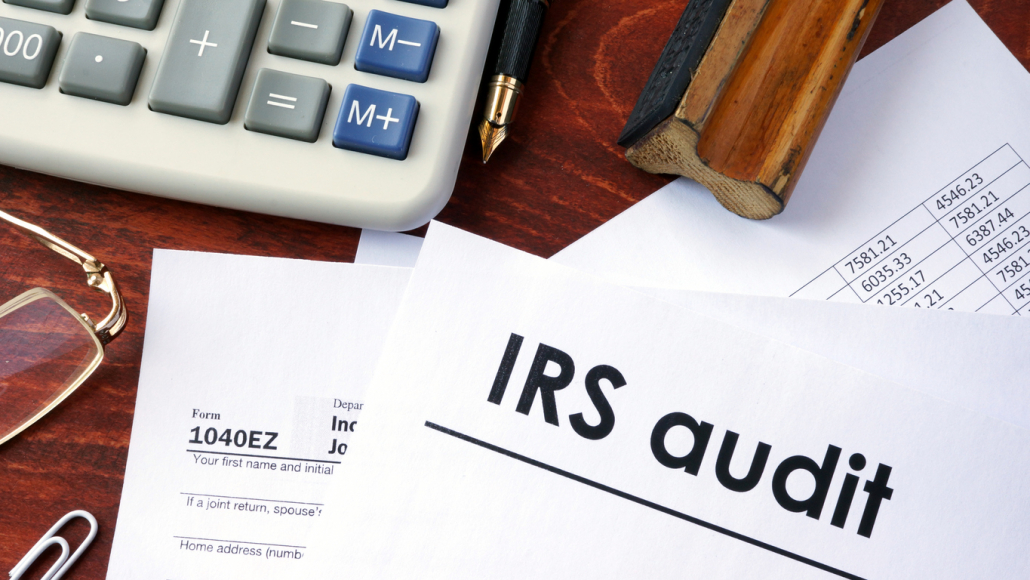Archive for August 2021
Tips for Paying Yourself as a Business Owner
Running a business can quickly get in the way of paying yourself appropriately. Here’s how different business structures handle payments to owners, plus tips for including yourself while managing the budget. Key takeaways: A salary is a regular payment an employee receives, and an owner’s draw is a withdrawal of business funds that can be…
Read MoreWhy and When an IRS Audit Could Happen to You
While uncommon, certain red flags increase the risks of receiving an IRS audit It’s unlikely the IRS will audit you anytime soon. For the 2019 fiscal year, the organization only audited 0.45% of American taxpayers, a number equal to about one in every 220 people. One reason for this dip was a reduced budget for…
Read MoreTax Record Essentials for Gig Workers
Gig workers have unique responsibilities for organizing their tax records and paying quarterly balances on time. Life as a gig worker can be pretty good. After all, you’re usually your own boss, and you can set a schedule that fits in with your lifestyle. However, there are some challenges, including filling out invoices, collecting payments…
Read MoreA Basic Guide to the SEP IRA
A SEP IRA can be a smart retirement plan option if you want higher contribution limits, flexibility, and tax advantages. Here’s how they work. Key takeaways: SEP IRAs are flexible retirement savings options, especially helpful to business owners with few or no employees SEP IRAs have high contribution limits: $58,000 for 2021 Only employers can…
Read More



